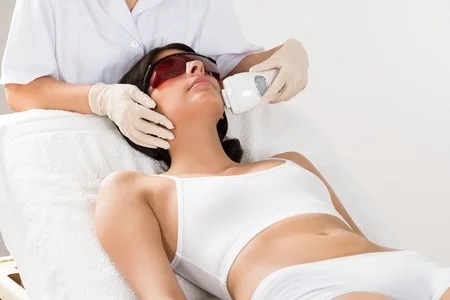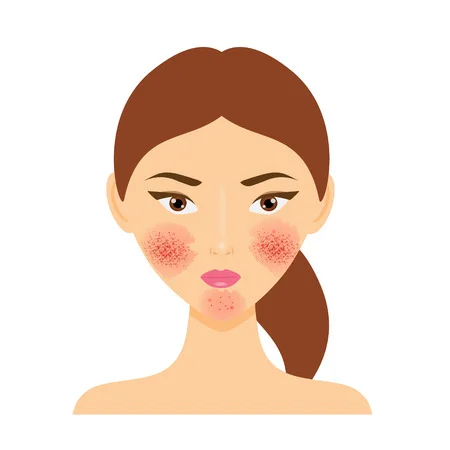Discomfort:
You may have discomfort, a burning sensation, or pain during the first few days of fraxel laser treatment. Some doctors use a topical anesthetic to block pain during the treatment, however some discomfort will occur after the anesthetic effects have worn off. This pain may persist for several days. You can take pain medications, such as Vicodin (if it has been prescribed to you). If your pain persists, call our treating physician.
Redness of Skin:
Redness of the skin (erythema) may occur for 2-6 months and possibly longer.
Swelling:
Temporary swelling or bruising of the tissue of the face, neck and the eyes typically subside in 3–7 days. Keeping your head elevated when sleeping will help reduce this. Also, using cool soaks also helps reduce this. If the swelling persists taking Benadryl (if your doctor has recommended it) can be very helpful.
Wound Healing:
Having oozing, weeping, crusting and flakiness of the treated area is rare but may continue for the first week after treatment. You can gently wash your face with cool soaks, and a mixture of hydrogen peroxide wash.
Hydrogen peroxide wash: Mix two tablespoons of hydrogen peroxide with 6oz of water and use in spray bottle.
Cysts:
Milia or cysts, especially in the eyelid skin region (if treated) may occur after fraxel laser treatment. This can happen if ointments are used in the post treatment phase for a prolonged period of time. You should stop using healing ointments after 10 days.
Skin Tightness:
A sensation of skin tightness may occur. This peaks at 3–8 weeks post treatment.
Contact Dermatitis:
Contact dermatitis (irritation) may occur due to the post treatment use of ointments.
Herpes Simplex Dermatitis (Fever Blisters):
The occurrence or recurrence of herpes simplex dermatitis is also a possible short-term effect, particularly if it is not pre-, intra-, and post treatment treated with a systemic antiviral medication such as Valtrex. Please inform your doctor of your history before treatment.
Skin Itchiness:
Itching in the early healing phase may occur. Using a healing ointment will help. Or you may take a Benadryl at bed time.
Skin Hyperpigmentation:
Having hyperpigmentation (darkening of the skin) is a possibility, especially in darker-skinned people. This can occur 3–8 weeks post fraxel laser treatment. You should avoid sun exposure, heat, and even ultraviolet light to help reduce this risk. You must also follow your doctor’s full post treatment regimen recommended to avoid the occurrence of hyperpigmentation.
Scarring:
The risk of scarring is rare but exist in all cases. It is often related to an individual’s genetic makeup. Scarring can be reduced by carefully following aftercare instructions and notifying your doctor if a problem develops.
Skin Pigment Changes:
Skin color and texture changes can occur. At the site of the treated and untreated areas, there may be a difference in color, texture and/or thickness of the skin.
Infection:
Infection is a risk that occurs in every laser procedure. It is minimized by proper post treatment care.







